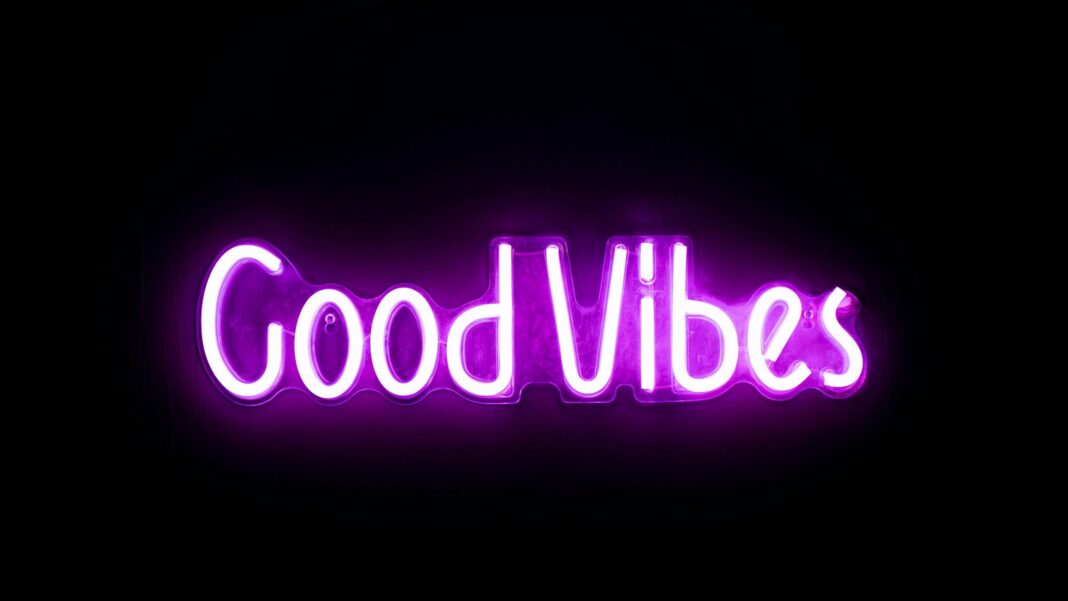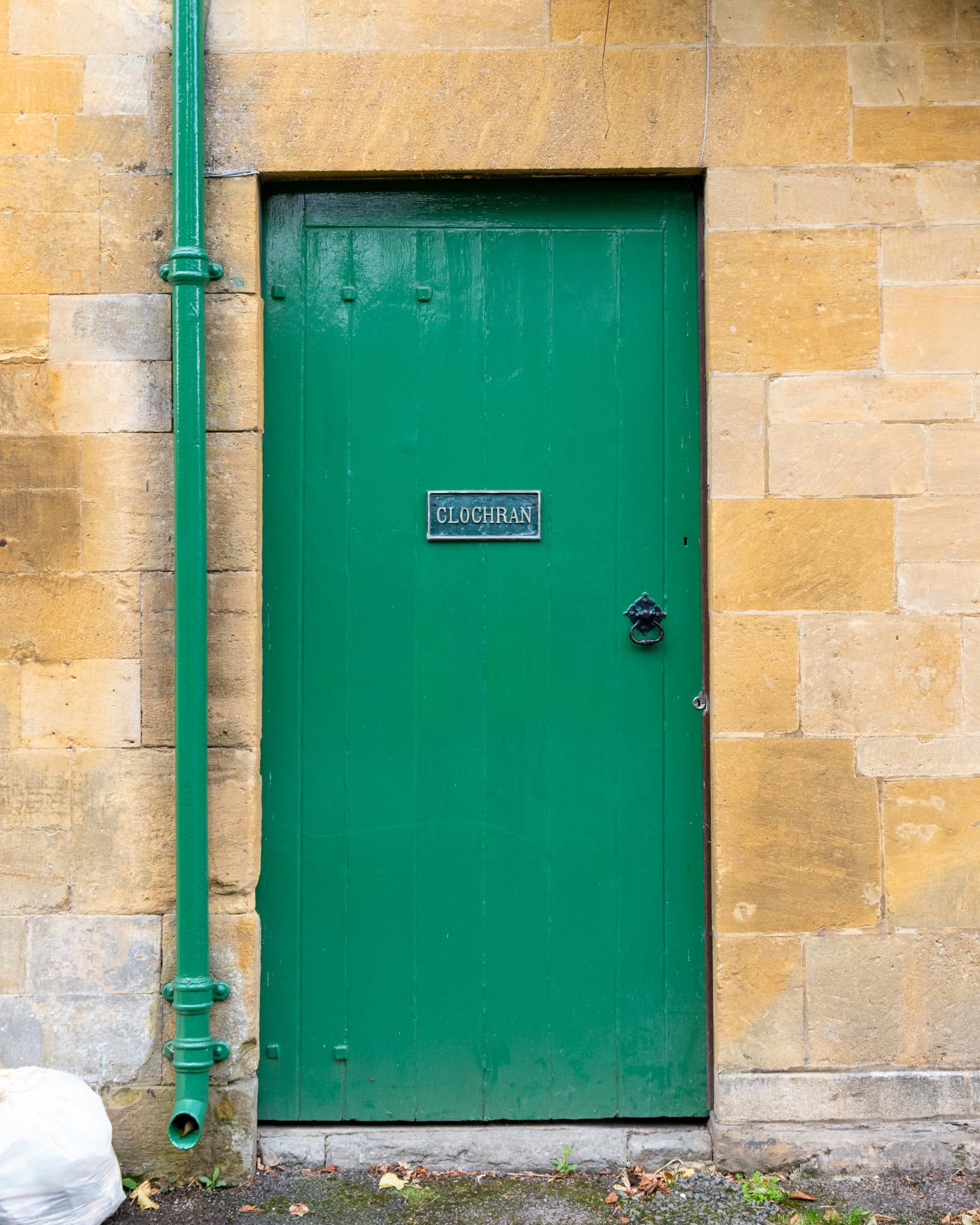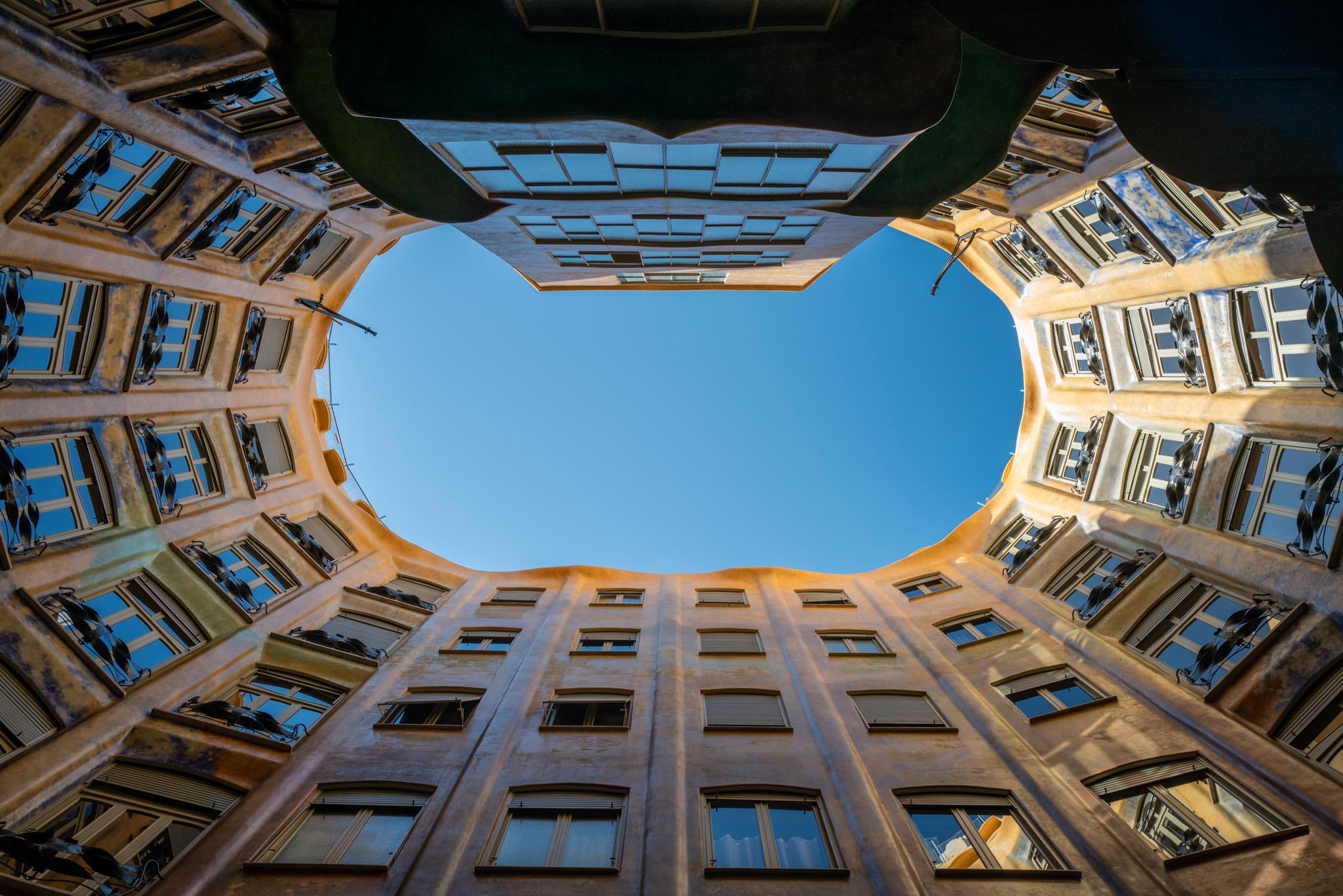Diptych: it’s not just an odd-sounding word, or a high-scoring Scrabble option. It is an intriguing, and historically significant way to present images. But what’s the logic behind presenting two photographic images as a pair? Here’s my perspective on pairing two photos, and what I learned when I dipped into some diptychs.
I recently described a street photography project based upon photographing people in pairs. I referred to it as ‘two for the price of one’: one image, two subjects.
In this article, I explore placing two subjects side-by-side in two separate images: a diptych. From those two, separate images, the diptych creates a third, composite image.
Historically, diptychs were pieces of art, often of religious significance, comprising two plates connected along vertical edges by a hinge.
In modern usage, a diptych is a piece of art comprising two panels, which are related in some way. The individual components might be paintings, or, more relevant for us, photographic images. Here’s an example, to which I will return later.
Diptych 1: Convergence
Inspiration
I was prompted to try creating diptychs after watching a video by Finnish street photographer, Peter Forsgård. Peter described taking street photos with an eye to eventually using them in pairs. He chose the pairs based upon related subjects, similar shapes, common colour palette etc. Whilst each photo might have individual merit, he hoped that together, they delivered greater visual impact.
In my opinion, some of the examples he shared were a bit of a stretch. But, I thought the idea was great.
I was more familiar with the related term triptych, the big brother of the diptych. I had heard it used in connection with the painting ‘The Adoration of the Magi’, by Rubens, which sits behind the altar, in King’s College Chapel, Cambridge.
Creating a photographic diptych seemed more realistic than a photographic triptych. Even so, finding images that sat well together, giving that extra visual impact, took some work. It certainly took some digging through my photo collection.
Diptych 2: Approaching mural
Choosing a pair of photos
I decided there are numerous ways two images might relate to each other, some of which Peter Forsgård discusses. My diptych examples are much less ‘free-form’ than his. An uncharitable viewer might regard them as ‘staged’, or ‘over-formal’. A more generous viewer might appreciate the greater use of “pseudo-symmetry”. I will let you be the judge of which, if any, work.
When I took them, I intended all the photographs to be stand-alone images. I took them all while out and about, on photo walks, or while travelling abroad. They have therefore been retro-fitted, after the fact, into a diptych composition. In each of the examples, the images share a common aspect ratio.
Diptych 1, above, appears to show two people walking towards each other, in an almost identical setting. This, of course, was not the case! They were in the same location, but at different times, and walking in the same direction.
I reversed and cropped one image to mirror the other as closely as possible. The pattern on the coloured wall behind reinforces the pseudo-symmetry. Taking a single photograph which reproduces this composite would be impossible. Score one for diptychs.
Diptych 3: Collision course
Mural
As you can see, the images in diptych 2 were also taken at the same location. However, they feature people, at different times, approaching the mural behind from opposite directions. When I first glanced at the diptych, I experienced a strange sensation. It was like an optical illusion. The two photographs are not mirror images, but possess some features of mirror images. The common mural, and figures walking in opposite directions, add to the visual confusion.
The final example of people walking towards each other, diptych 3, is even less symmetrical. Again, it possesses a degree of pseudo-symmetry. But now, the colour palette of each image is quite different, although somewhat complementary.
In diptych 4, we head into radically different visual territory. The diptych comprises images based upon two-word phrases displayed as neon signs. However, they occupy opposite ends of the sentiment spectrum.
Tell us how you feel
Diptych 4: Neon sentiment
One, is a cheery, upbeat phrase, I saw in a hotel foyer in London in 2022. The other, seen in a bar in San Diego in early 2021, expresses frustration about the annus horribilis we all experienced at the peak of the pandemic.
I was impressed that someone would vent their feelings in such a creative way — either commissioning or fashioning a neon sign
Diptych 5: Hip shot
The fifth example returns to the pseudo-symmetry theme. I took these portraits of two people attending the 2024 San Diego Pride March. Unprompted, they each adopted the same, classic, hand-on-hip pose. I merely flipped one image to introduce the mirror-effect.
The mathematically inclined will recognise that this is one of four possible ways to create mirror pairs of these images, while keeping the figures upright. Two2 in fact. It’s all down to swapping location of, and reversing, images.
Street photography — literally
As illustrated by the neon signs above, in my book, street photos do not have to feature people. The next diptych also features no people. In fact, the images are literally photographs of the street!
Diptych 6: Asphalt graffiti
In my locale, road maintenance crews regularly spray-paint hieroglyphics on the road surface. I presume these convey information to other teams, soon turning up with pneumatic drills. Perhaps they indicate where the nearest gas- or water-main is lurking.
I liked their vibrant colours and swirls, set on a canvas of worn asphalt. In my view, the common colours, seemingly continuous pink arrow, and diagonally positioned ‘black holes’ create a whole from the two parts.
Diptych 7: Angular abstract
The diptych above comprises two different shots of a brightly coloured building, each cropped to produce an abstract image. They were taken from the street, using a telephoto lens.
Unlike those of the asphalt scrawls above, these are highly geometric abstracts, bristling with straight lines and angles. I chose them because of these similarities, as well as the similar colour palette: orange, black, and white. I have many such abstract images of this spectacular building, from which an entire portfolio of diptychs could be constructed.
The Doors
Diptych 8: Door furniture
I have countless photographs of doors. But, I put these two together because I took them within minutes of each other on the same street. The honey-coloured stone surrounding them is characteristic of the architecture of the Cotswolds, in England.
This could be viewed as the most pedestrian of this collection of diptychs. But as a fan of brightly coloured doors, I like it.
Diptych 9: Light wells
The penultimate example, diptych 9, comprises two photographs taken at La Pedrera, one of Gaudi’s masterpieces in Barcelona. They share several attributes. First, they are each a view looking upwards at the sky, through a huge, open light-well. Gaudi incorporated these to provide daylight for apartments which had no exterior view.
Second, each required severe craning of the neck, looking up vertically so that I could compose the images as symmetrically as possible. I made final tweaks with the help of perspective controls in Lightroom.
Reflections and silhouettes
Finally, here’s a wild pair of images captured along the river walk in downtown Chicago. A mirror-steel ceiling sitting above the walkway, below each bridge, generates fantastic reflections. I positioned myself so that I could capture passers-by, their shadows, and their reflections. The bright afternoon sunshine was a great help.
The left-image is flipped vertically, the right-image is flipped and inverted. The underlying photo is of a single individual, but shadows, reflections and mirror-images give the impression of eight figures. You can view the diptych at multiple levels: in terms of an overall pattern, or as a visual puzzle to be solved. Each separate image is likely to make you stop and think. But in this case, I think the diptych undoubtedly carries more visual impact than each image alone.
Diptych 10: Shadow figures
Acknowledgement
I am grateful to Peter Forsgård for bringing this presentational style to my attention. There is a link to his video below, in case you would like to see how he approaches the subject.
I enjoyed trawling through my archives, hunting for potential photo-pairs, travelling back quite a way in time on my hunt. You might call it digging down, deep, for diptychs. And the next time I am on a photo walk, I will be looking for images I can pair with others in my collection.
What about you? Is this a photo technique you have used, either intentionally or inadvertently? We would love to see your examples.
Read more from Keith James
Join the Macfilos subscriber mailing list
Our thrice-a-week email service has been polished up and improved. Why not subscribe, using the button below to add yourself to the mailing list? You will never miss a Macfilos post again. Emails are sent on Mondays, Wednesdays, and Fridays at 8 pm GMT. Macfilos is a non-commercial site and your address will be used only for communications from the editorial team. We will never sell or allow third parties to use the list. Furthermore, you can unsubscribe at any time simply by clicking a button on any email.























Hi everyone, thanks for reading and commenting on this article! I hope you found the topic of photographic diptychs intriguing, and perhaps worth exploring yourself, drawing upon your own back catalogue. All the best, Keith
Some many years ago I met a lady who occupation was councillor to men in prison. The ‘F’ word was as you can imagine was well-used by the inmates. Anyhow, the lady in question and I discussed the word’s usage and I said that many people decried its use citing a lack of vocabulary. Au contraire, she said “I have the vocabulary that came from a good education PLUS I have the Anglo-Saxon when I want/need it so I consider my vocabulary superior to that of the objectors”.
More recently, I bumped into a young woman whose photograph I had taken a couple of years ago and I complemented her on her outfit, a brown bomber jacket and golden shade trousers. “My wonderful boyfriend bought it for me”. On one side of the jacket front, the italic words said “Effing” (a euphanism), on the other “Awesome”, and she was.
Personally, I don’t use the word except when very angry or upset but distancing myself from those who take a similar stance as lmyself would mean missing out on some really valuable friends and acquaintances. Each to their own.
David
As you point out, the meaning and use of words changes over time. If I recall right, some etymologies of this word trace back to the curse ‘die’.
Still and all, it seems a difficult balance: ‘respect the long history’ vs ‘those of us under 30 decide how the word is used.’
In my generation, there was a time and a subculture where women were considered *-objects”. I hope you can empathize — that’s a time many women would prefer not to memorialize.
The word that the commenters here seem to be upset over is hundreds of years old and commonly used in modern english, particularly by those who are younger.
I can’t help but read those comments dismissing it as offensive (so much you had to stop reading the article? …really?) as snobbish/classist, out of date, and out of touch.
The article was good, the dyptich gave a rather fun contrast as all dyptichs should, and I will carry on with my day unoffended by a neon sign.
Hey Keith, an enjoyable article.
I’m with Kathy regarding the word, although maybe even a bit more relaxed. I do feel uncomfortable when hearing the word in conversation with me, and it’s a word that I prefer not to use myself.
But, in fact, there’s every possibility that all your image sets could be used in a public gallery in 2024 (or even 2025).
So, let’s not lose the forest for the trees.
The idea of the article is good, it’s fun, and your diptych assemblies are great in their variety.
Thanks for the thinking.
I too am offended when that word is used in my presence. But — the “unfortunate” aspect of the diptych is– it’s a rather good composition. Contrasting two different eras, two different styles. Even a change in morals.
Hi Keith, I was enjoying the article until I reached the neon signs image. I then bailed from the article.
Hi Brian, apologies for causing offence. We did discuss this before posting, and felt on balance we would proceed, since the word is widely used these days and there is less of a taboo associated with it, particularly when featuring in an image taken in a public place. Thanks for reading as far as you did. All the best, Keith
Brian, I am sorry if you found it offensive. I edited the article, of course, and it was my decision to let it go. I assumed, obviously wrongly, that the word is now so common that it has almost lost its connotation. It’s a bit like, here in the UK, words such as “bugger” and “sod” have lost all their original meanings and are used almost in a fun sense. This may not be the case outside the UK, however. In this instance, I saw this as art, a stark contrast between two ideas, and decided to let it go. We did consider the implications, and I am sorry you were upset.
Mike
Society is in decay. Please do not encourage it. However, it is your blog. My mother. would roll over in her grave. If I walked into a business with that type of crudeness, I would walk out. Less taboo, in my view, does not make it right.